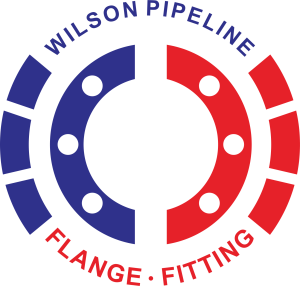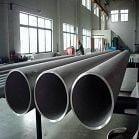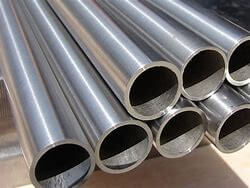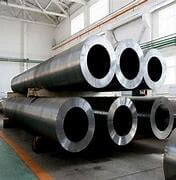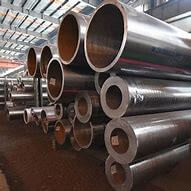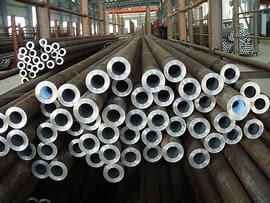1.4845 is a grade of austenitic stainless steel, also known as AISI 310S or European EN 1.4845. It is a high-temperature grade of stainless steel that has excellent oxidation resistance and high strength at elevated temperatures. The chemical composition of 1.4845 stainless steel is as follows:
– Carbon (C): 0.08% max
– Silicon (Si): 1.50% max
– Manganese (Mn): 2.00% max
– Phosphorus (P): 0.045% max
– Sulfur (S): 0.030% max
– Chromium (Cr): 24.00 – 26.00%
– Nickel (Ni): 19.00 – 22.00%
The high chromium and nickel content in 1.4845 stainless steel provide excellent resistance to oxidation and high-temperature corrosion. It is commonly used for high-temperature applications such as furnace parts, heat exchangers, and kiln linings.
1.4845 stainless steel is also known for its good weldability and formability, making it suitable for use in fabrication and welding processes. However, care should be taken when welding to avoid the formation of brittle phases and intergranular corrosion in the heat-affected zone.
In addition to its high-temperature properties, 1.4845 stainless steel also has good resistance to corrosion in many environments, making it suitable for use in chemical processing and other corrosive environments.
When welding 1.4845 stainless steel, it is important to follow some best practices to avoid the formation of brittle phases and intergranular corrosion in the heat-affected zone. Here are some best practices for welding 1.4845 stainless steel:
1. Use low heat input: Use a low heat input to minimize the amount of time the material is exposed to high temperatures. This will help to reduce the risk of sensitization and intergranular corrosion.
2. Use a low carbon filler metal: Use a filler metal with a low carbon content to minimize the amount of carbon that is introduced into the weld. This will help to reduce the risk of sensitization and intergranular corrosion.
3. Use a high argon shielding gas: Use a shielding gas with a high argon content to protect the weld from oxidation and to promote good weld quality.
4. Preheat the material: Preheat the material to reduce the thermal shock and to reduce the risk of cracking.
5. Use a post-weld heat treatment: Use a post-weld heat treatment to relieve residual stresses and to promote the formation of a stable microstructure.
6. Use a clean welding environment: Use a clean welding environment to avoid contamination of the weld and to promote good weld quality.
By following these best practices, it is possible to achieve high-quality welds in 1.4845 stainless steel while minimizing the risk of sensitization and intergranular corrosion.
